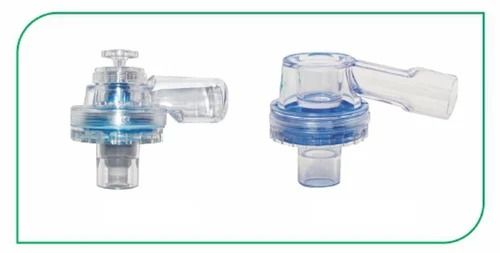
Shop By Department
- Books
- Stationery
- Hospital Essentials & Infrastructure
- Diagnostic & Monitoring
- Surgical & Procedural Supplies
- Gynecological Instruments & Supplies
- Medicines & Pharmaceuticals
- Shop by Type
- Shop by Condition
- Allergies & Respiratory Care
- Cold, Cough & Sore Throat
- Sleep Apnea & Sleep Disorders
- Eye Care & Vision Support
- Digestive & Gastrointestinal Health
- Gynecological & Women's Health
- Pain Relief & Muscle Relaxants
- Sexual Wellness & Men's Health
- Skin Care & Dermatology
- Vitamins, Supplements & Immunity Boosters
- Probiotics & Gut Health
- First Aid & Emergency
- Specialty Medications
- Preventive Care
- Patient Care & Mobility
- Cardiology Equipment
- Orthopedic & Rehabilitation
- Medical Consumables, PPE & Infusion Supplies
- Pharmacy & Wholesale Supplies
- Healthcare & Wellness
- Dental, ENT & Ophthalmology Supplies
- Baby & Maternity Care
- Neonatal Care Products
- Veterinary Supplies
- Critical Care Supplies
- Urology & Nephrology
- Infection Control
- Laboratory Supplies
Search


Log In